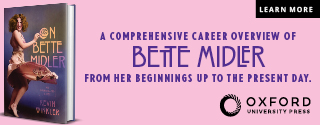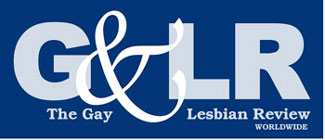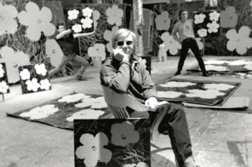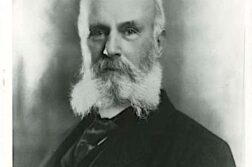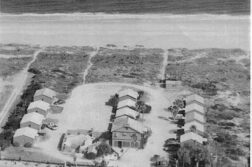THE 1960’S IN AMERICA, when I was an adolescent, was a dark time for gay men. A man’s life 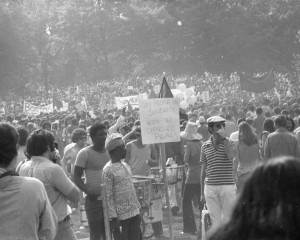 could be ruined if it were known that he harbored homoerotic desires, even if just in the head. In the political hysteria fostered by Senator Joseph McCarthy, gay men people were purged from government jobs and driven to suicide. Men who loved other men were incarcerated in mental asylums, castrated and given electric shock treatment.
could be ruined if it were known that he harbored homoerotic desires, even if just in the head. In the political hysteria fostered by Senator Joseph McCarthy, gay men people were purged from government jobs and driven to suicide. Men who loved other men were incarcerated in mental asylums, castrated and given electric shock treatment.
Realizing what I wanted and was, I read all the available literature on homosexuality, most of which was ignorantly and viciously anti-gay. In college, my outlook was forever changed by reading Plato’s Symposium (assigned in two different classes in my freshman year) and John Addington Symonds’ A Problem in Greek Ethics. I came out sexually, and a lot of things happened. I got to know intimately the gay underground in Europe as well as in Boston and New York City. I attended a few meetings of homophile groups in Boston and New York, and I threw myself into the anti-war movement.
When the Gay Liberation Front (GLF) formed in July 1969 in the wake of the Stonewall Riots, I was ready and waiting. The photographs reproduced here are from the first year after the GLF’s founding. In retrospect, I only wish I had taken more, but when you’re young and immersed in a radical cause, you tend to neglect Posterity.
